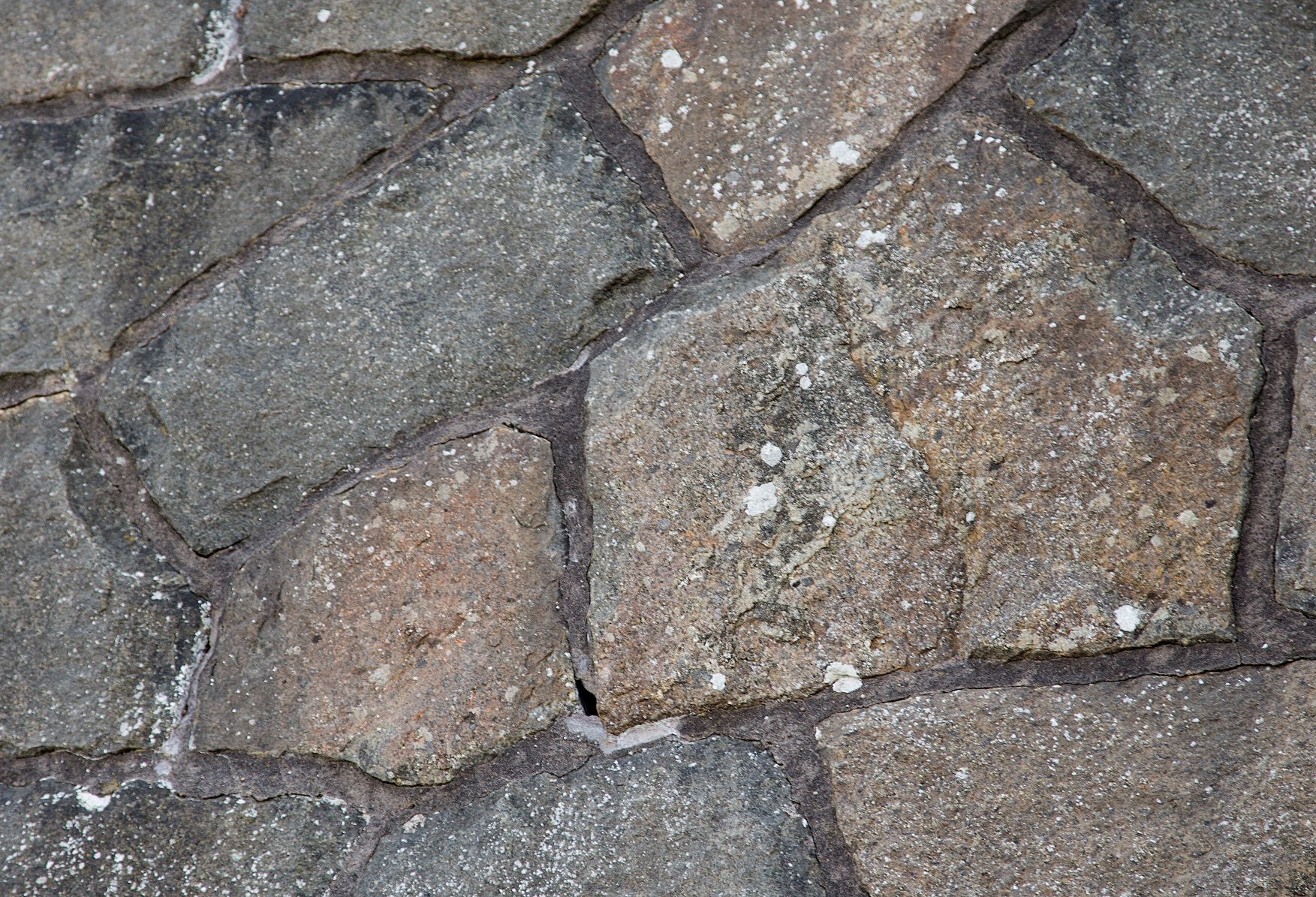
This wall on the west side of the fortress clearly shows the difference between the original wall on the left and a restored wall from the 20th century on the right.
STONEMASONS
Eternal knocking – the sounds of hammers against chisels and of chisels against stone – must have accompanied pretty much everything that happened in the Varberg area during the construction period. A fortress that would withstand the enemy’s cannon fire needed a strong and durable material. With their tools, stonemasons such as Lauritz Jacobsen, Morten Michelsen and Jochum Perlenberg shaped stone after stone to fit into the emerging walls. Some were taken from the fields around Varberg while others were mined from the rocks in the area.
During the 19th century, the outer walls of the fortress fell into disrepair and a lot of stone was taken from here for other construction projects. When the fortress was restored in the 1910s and 1920s, the missing stones were replaced by newly hewn ones. If you look closely the next time you walk around the fortress, you can try to find the old stones in the walls of the bastions. And spare a thought for Lauritz Jacobsen, Morten Michelsen and the many others who with their work shaped the stone that shaped the fortress that shaped the city.

Wall from the construction period 1588–1618.
Here, smaller stones have been used between the larger blocks.

Restored wall from the 1910s and 1920s.
The stones have a slightly straighter shape and there are no pebbles in the joints.

